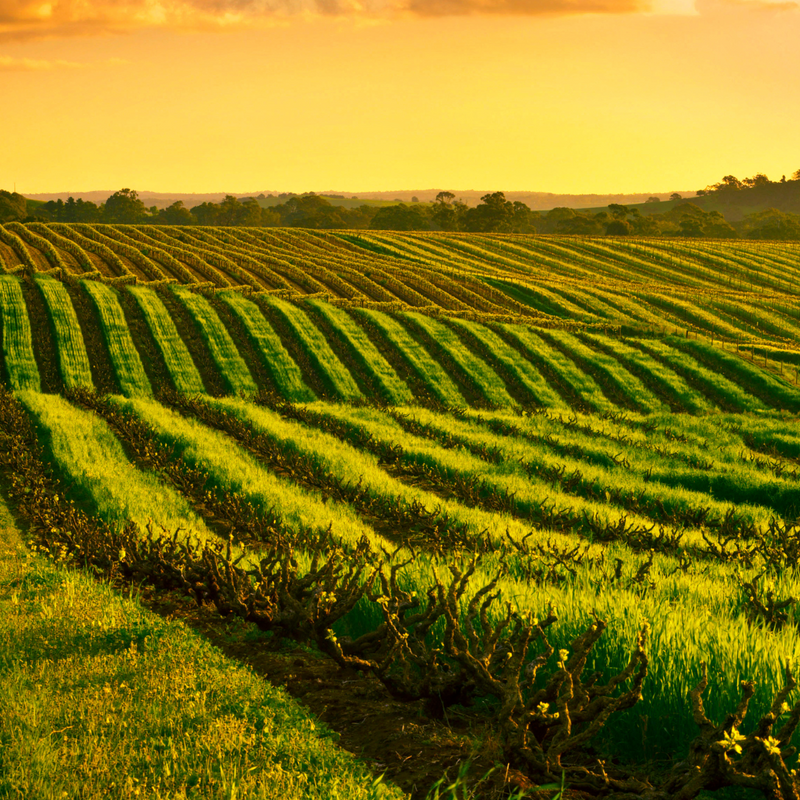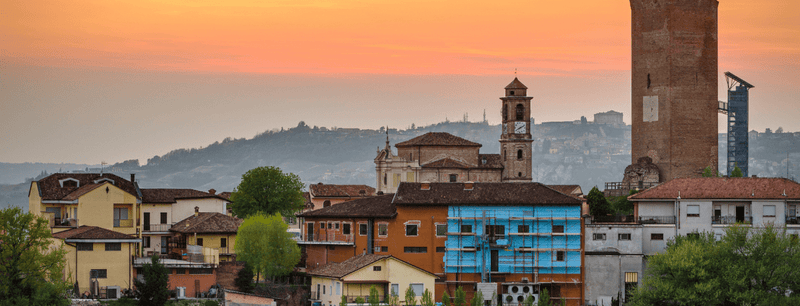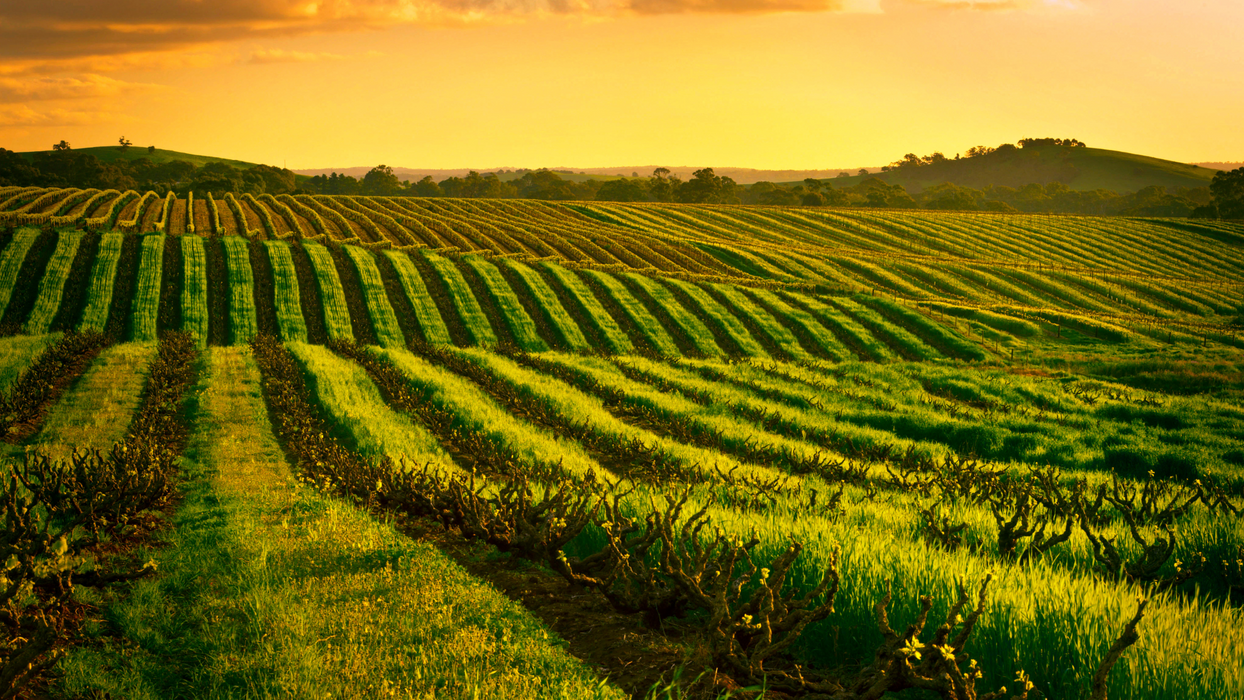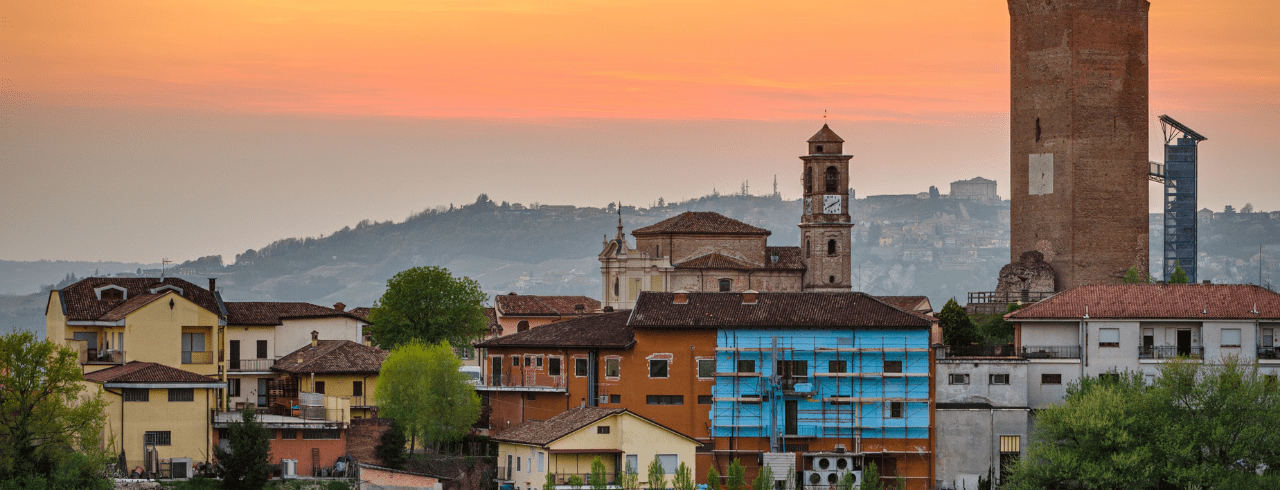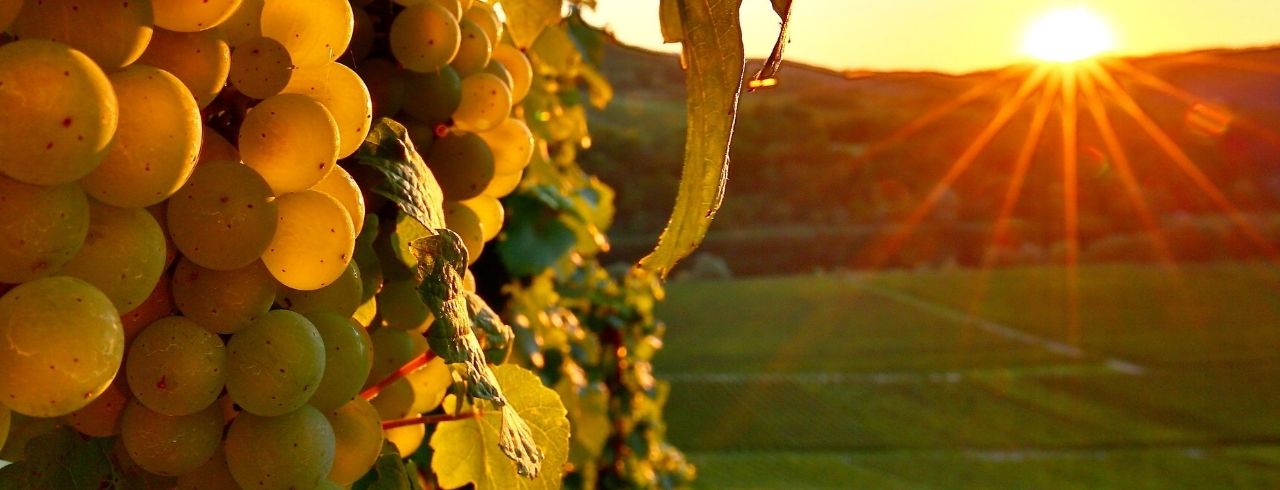
Austrian Wine Guide
Austria is a beautiful European country famous for its immense history, rich culture, and stunning geography that enchants locals and tourists worldwide.
Though many vino newbies don’t think of Austria as a bountiful wine-producing country, this could not be further from the truth.
Like the rest of its unique culture, Austrian wine has ancient roots extending throughout the country, creating a distinct wine tradition that yields exquisite Old World varietals and blends.
To introduce you to the history, regions, and wines of Österreich, Wine Insiders proudly presents our Austrian Wine Guide:

The History of Austrian Wine
The journey of Austrian viniculture is one of historical and cultural significance to the country’s wine industry.
Let’s go through a brief recap of the developments that created wine in Austria:
Ancient Beginnings
Historians date the existence of planted grapevines in Austria between the 9th and 10th centuries BC, but the first recorded viniculture in modern-day Austria began around 700 BC.
At this time, the Celts, a people who once controlled a chunk of central Europe, initiated the cultivation of grapevines and the production of wine in the region.
This Celtic influence was monumental, but it wouldn’t be for a few centuries that winemaking would truly take off in the region around 1 BC.
By that point, modern-day Austria was under Roman control, and with that came the systemized and massively scaled style of Roman wine production.
For the next few centuries, the region became a home for wine in Central Europe.
Rise and Fall
Following the demise of the Roman Empire, the wine industry in Austria experienced a great deal of change.
Under new leaders like Charlemagne and Otto the Great, vineyards were reconstructed, and new grapes rose in popularity. Over the following centuries, these changes led to a boom of Austrian wine that transformed Vienna into a world wine center in the 14th century.
Around this time, wine began to merge with other aspects of Austrian culture and cuisine. A great example of this is the development of heurigen, which were Austrian taverns allowed by law to sell homemade food alongside their wine.
However, these good times would end in a period that devastated much of the European wine industry: the 19th century.
Bombarded by hazardous vineyard mildew and the infamous wave of phylloxera, an insect that feeds on grapevines, many Austrian vineyards disappeared by 1872.
These setbacks dealt a significant blow to wine in Austria, and it would take decades to recover.
Modern Successes and Growing Pains
While the 19th century nearly killed Austrian wine production, the 20th century made up for it in spades.
This increase in diversity and quality helped Austria transform its wine industry into a continental mecca in the years following World War I. At one point, the central European country was the world’s third-largest exporter of wine, mainly to neighboring countries like Germany.
However, hard times would soon fall again on Austria.
The boom of wine production in the early 20th century led to the industrialization of Austrian wine, supposed drops in quality and myriad controversies.
Chief among these was the “antifreeze scandal” in the 1980s, in which some winemakers in Austria added diethylene glycol, a chemical found in antifreeze, to wines for enhanced sweetness and body.
This controversy harmed the reputation of Austrian wine for a period, but it also led to favorable, sweeping regulations that initiated a national focus on quality over quantity at vineyards.
These changes spurred the creation of the Austrian appellation system, the DAC, and helped Austria regain its place as one of the world’s top 20 wine-producing countries in recent years.

Austrian Wine Regions
Now that you understand the rebirth of excellent wine in Austria let’s dive into the region’s three prolific and celebrated growing regions:
Niederösterreich (Lower Austria)
The Niederösterreich of Northeast Austria is a primary wine-producing region that borders the Czech Republic and Slovakia.
Responsible for nearly 50% of Austrian wine production, the area includes half of the country’s 16 wine sub-regions and features a mix of climates and soils that contribute to its diverse offering of varietals and blends.
In chillier sub-regions, like the Weinviertel, cool and dry climates create fresh and brightly acidic wines.
In warmer sub-regions, like Wachau, Kamptal and Carnuntum, hotter temperatures allow wines to develop unique aromas and bodies, making them better homes for red wine production.
As Niederösterreich is a large and expansive region, there is also an incredibly diverse range of soils and geography, ranging from flat vineyards in Weinviertel to terraced ones in steeper areas like Wachau and Kamptal.
For an authentic taste of this area’s many wines, sample whites like Grüner Veltliner and Riesling and reds like Pinot Noir and Sankt-Laurent.
Winery to Visit:
Winzer Krems is a winery in Lower Austria with rich culture and history to delight any wine lover.
Partake in a guided trail tour of their gorgeous winery and conclude your visit with a tasting of their spectacular varietals and blends.
Burgenland
Burgenland is a large wine-producing region located in Eastern Austria and is famously known as the Austrian capital of red wine.
With a warm climate and a mix of sub-regions with unique soil types, this area is more similar to its neighboring Hungary than the other primary Austrian wine regions.
This unique mix of geographic and climate-based distinctions allows Burgenland to suit different types of grapes, making it home to an intriguing blend of wines.
The most popular reds from this region include Zweigelt, Sankt Laurent, and Blaufränkisch. These wines offer distinct personalities and wonderful flavor/aroma combinations that set them apart as exemplary standards of Austrian red wine.
However, don’t discount this region’s white wine production, as it’s also responsible for celebrated Chardonnay, Pinot Blanc, and Grüner Veltliner.
Winery to Visit
Check out Weingut Leo Hillinger for an authentic taste of Burgenland and lovely guided tours of their authentically Austrian vineyards and cellar.
Steiermark (Styria)
In the Southeast of Austria lies the Steiermark (Styria) region, a beautiful growing area accounting for around 10% of Austrian-produced wine.
Combining warm days, cool nights, and the chilling influence of the hills surrounding many of its vineyards, the region produces fresh wine with a lovely mix of flavors, aromas, and bodies.
While most of the region’s wine comes from sedimentary soil, there is great variety in the range of red and white varietals and blends that it yields.
White grapes account for 75% of growing in Steiermark, and the selection of famous white wines from this region includes Chardonnay, Sauvignon Blanc, and Welschriesling.
While reds are less common here, keep an eye out for Pinot Noir and Zweigelt, two of the region’s most admired and purchased red wines.
Winery to Visit
Dating back to 1770, Weingut Lackner-Tinnacher is an organic family winery in South Steiermark offering lovely tastings of their fantastic wine and guided tours of their historic vineyard in the beautiful Austrian countryside.
Austrian Wines
To complete your tour of this Old World wine country, let’s conclude by taking a look at some of Austria’s most famous and flavorful wines:
Grüner Veltliner
Grüner Veltliner is a dry, delicious white wine known worldwide for its Austrian roots.
Boosted by fruity flavors of lemon, lime, and grapefruit combined with herbaceous white pepper and tarragon notes, this wine utilizes a complex array of tastes and aromas to create a lovely, easy-drinking experience.
Take time to enjoy the bright acidity bursting from every glass, as this is arguably the most iconic aspect of the Grüner Veltliner experience.
Learn more about Grüner Veltliner here!
Zweigelt
As the most widely-produced Austrian red wine, Zweigelt has a domestic and international reputation for its distinct personality.
With berry-driven fruitiness, floral notes and hints of cinnamon and pepper, this wine offers hallmark flavors of beloved reds -- with a twist.
What makes a bottle of Zweigelt genuinely unique is its combination of a medium-light body, relatively low tannin level, and tart acidity.
These three qualities separate it from typical red wines and make for a standout drinking experience
Riesling
Austrian Riesling is a white wine oozing with an inviting taste and charming aroma.
Notably dry, this light-bodied varietal features fruity flavors of lime, green apple, and peach that marry excellently with subtle floral notes and an earthy smell.
Try both young and aged Riesling alike, as the former provides brighter fruitiness and distinct freshness while the latter mixes complex flavors with a fuller body.
Wine Insiders: Your Home for Old World Wines
Now that you know more about the wonders of Austrian grapes and wines, it’s time to check out Wine Insider’s diverse collection of delicious varietals and blends:
Whether you’re looking for an Old World classic like a Grüner Veltliner or an exciting New World bottle of Cabernet Sauvignon, we have the wines and regions you need to boost your vino expertise and discover new favorites from across the globe.
Plus, we also offer an excellent collection of wine sets curated by our in-house staff and celebrated experts like Martha Stewart and Geoffrey Zakarian to help you enjoy affordable bottles from world-class wineries.
For more information about wine regions, varietals, and more - check out our full library of Wine 101 Guides!
